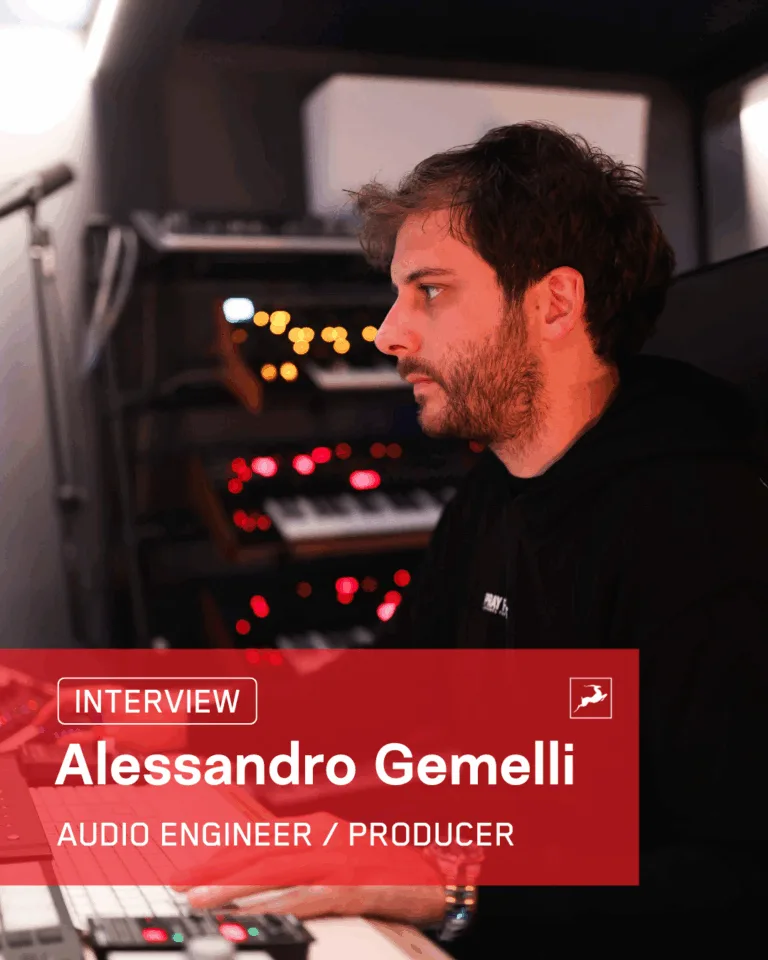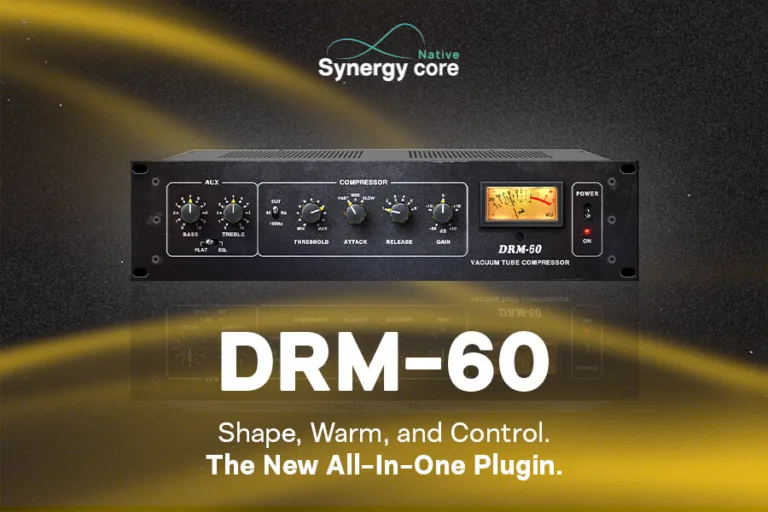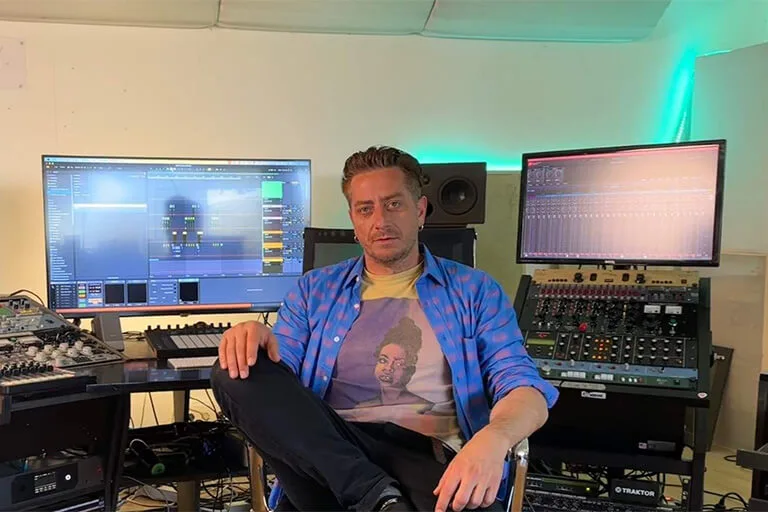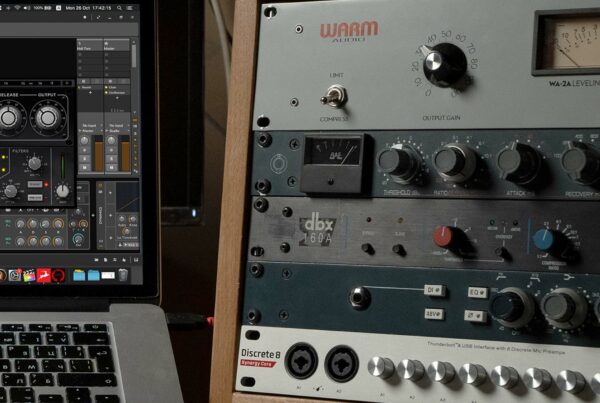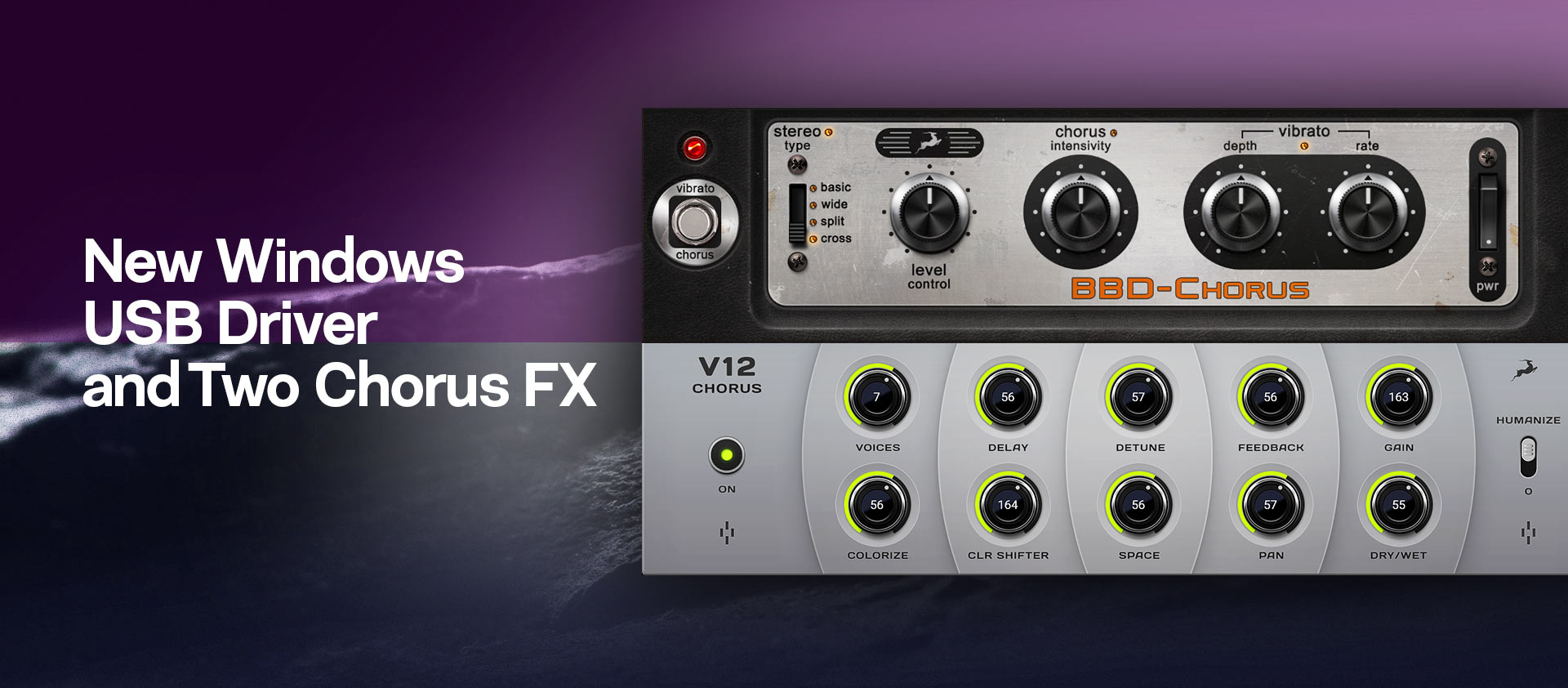Fine-tune your Vocals with Antares Auto-Tune Synergy
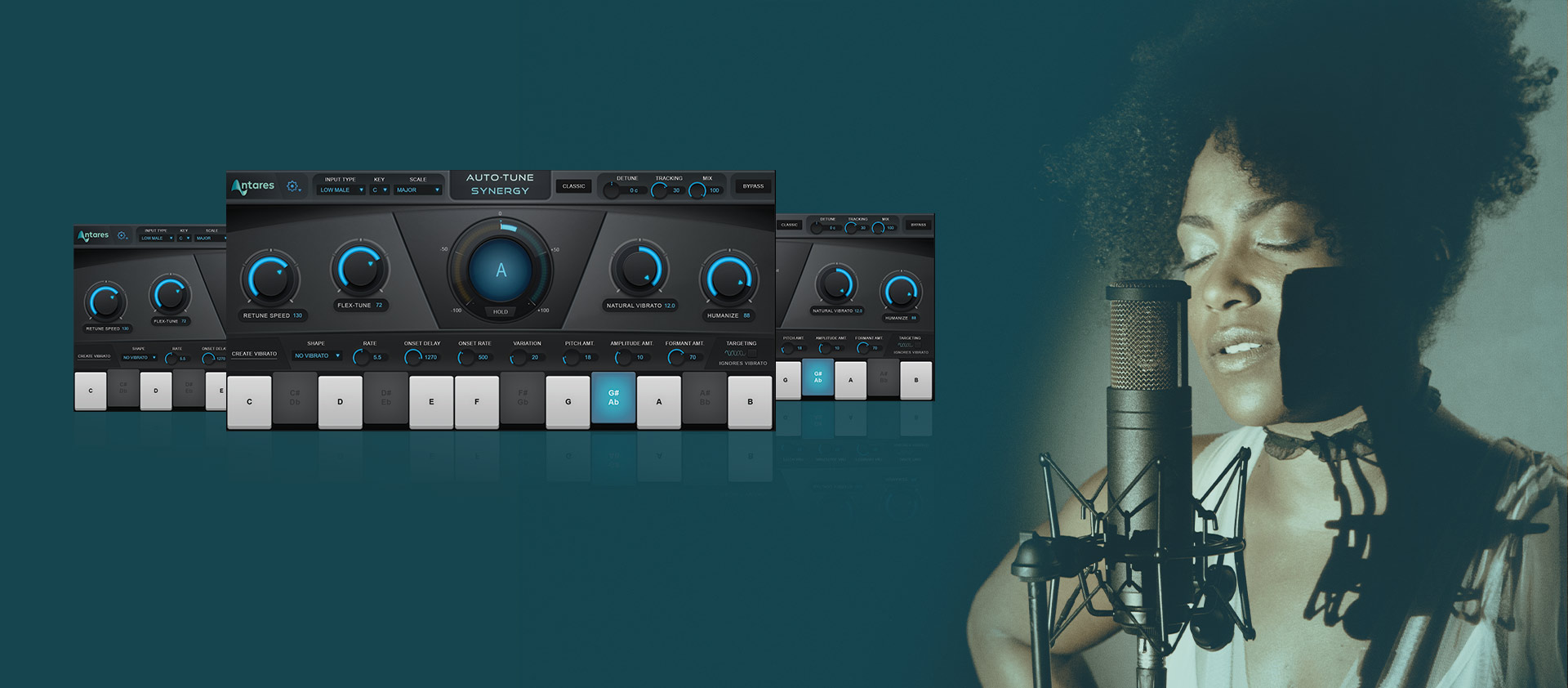
After giving rise to the modern sound, the essential vocal effect has been taking different shapes and forms to suit artists from all genres. Auto-Tune Synergy offers all core pitch correction tools, professional Auto-Tune users rely on while taking it a step further when used for real-time tracking and live performances. Developed by Antelope and Antares, the effect is processed in your Synergy Core interface, meaning the signal will be processed at near-zero latency without any CPU being used, thus saving your computer’s resources. Low-latency processing also makes Auto-Tune Synergy ideal for live use. Let’s look at what else does the effect give you.
How Does Auto-Tune Correct Pitch?
Auto-Tune Synergy can be applied to any audio with an identifiable pitch but is generally intended for use with a well-isolated, monophonic sound source such as a single voice, or a single instrument playing one pitch at a time. Auto-Tune works by continuously tracking the pitch of an input sound and comparing it to a user-defined scale. The scale tone closest to the input is continuously identified. If the input pitch exactly matches the scale tone, no correction is applied. If the input pitch varies from the desired scale tone, Auto-Tune will adjust the pitch toward the target scale tone.
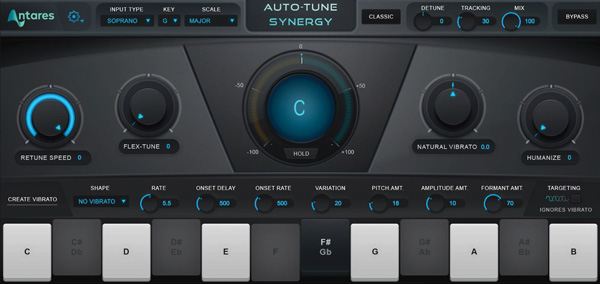
Key Controls
• Retune Speed – Retune Speed controls how rapidly the pitch correction is applied to the incoming audio. The units are milliseconds. A zero setting will cause immediate changes from one pitch to another and will completely suppress any vibrato or deviations in pitch. For the Auto-Tune Effect, set the Retune Speed to zero. A setting between 10 and 50 is typical for more natural sounding pitch correction. Larger values allow more vibrato and other interpretive pitch gestures, but slow down how rapidly corrections are made.
• Flex-Tune – this control allows you to preserve a singer’s expressive vocal gestures, while still applying the corrective tuning that Auto-Tune is famous for. When Flex-Tune is set to zero, Auto-Tune Synergy is always pulling every note toward a target scale note. When Flex-Tune is engaged, it only applies correction as the performer approaches the target note. As you move the control toward higher values, the correction area around the scale note gets smaller, and more expressive pitch variation is allowed through.
• Humanize – add realism to sustained notes when using fast retune speeds. One situation that can be problematic for pitch correction is a performance that includes both short and long sustained notes. In order to get the short notes in tune, you would need to set a fast Retune Speed, but this can cause sustained notes to sound unnaturally static. Humanize applies a slower Retune Speed only during the sustained portion of longer notes, making the overall performance sound both in tune and natural. Start by setting Humanize to zero and adjust the Retune Speed until the shortest problem notes in the performance are in tune. If sustained notes sound unnaturally static, increase the Humanize setting until they sound more natural.
• Natural Vibrato – this control allows you to either increase or diminish the range of vibrato that is already present in your audio.
The Classic Mode
Classic Mode is the long-awaited return of the classic “Auto-Tune 5 sound” defined by a brighter tone, sharper attack, and faster transition between notes. As we’ve added new features to Auto-Tune (such as Formant Correction, Throat Modeling, and Flex-Tune) the Auto-Tune algorithm has evolved, and its sonic qualities have undergone subtle changes, with each Auto-Tune version having its own slightly different character.
Over the years, the sound of Auto-Tune 5 has developed something of a cult following among musicians, audio engineers, and producers. The difference between Classic Mode and the default sound of Auto-Tune Synergy is subtle, but if you listen carefully, you may notice a slightly brighter quality, and a more pronounced attack and transition between notes at faster Retune Speeds.
Watch a recording session featuring the effect with Darren Jones, Danny Trachtenberg, or Tom Fuller. Auto-Tune Synergy is compatible with Discrete 4 Synergy Core, Discrete 8 Synergy Core, Zen Tour Synergy Core, and Orion Studio Synergy Core audio interfaces and the Edge Go modeling mic. The effect can be used easily during mixing with the AFX2DAW plug-in (on Mac, via Thunderbolt™).
Read more about the effect and get it from here.



